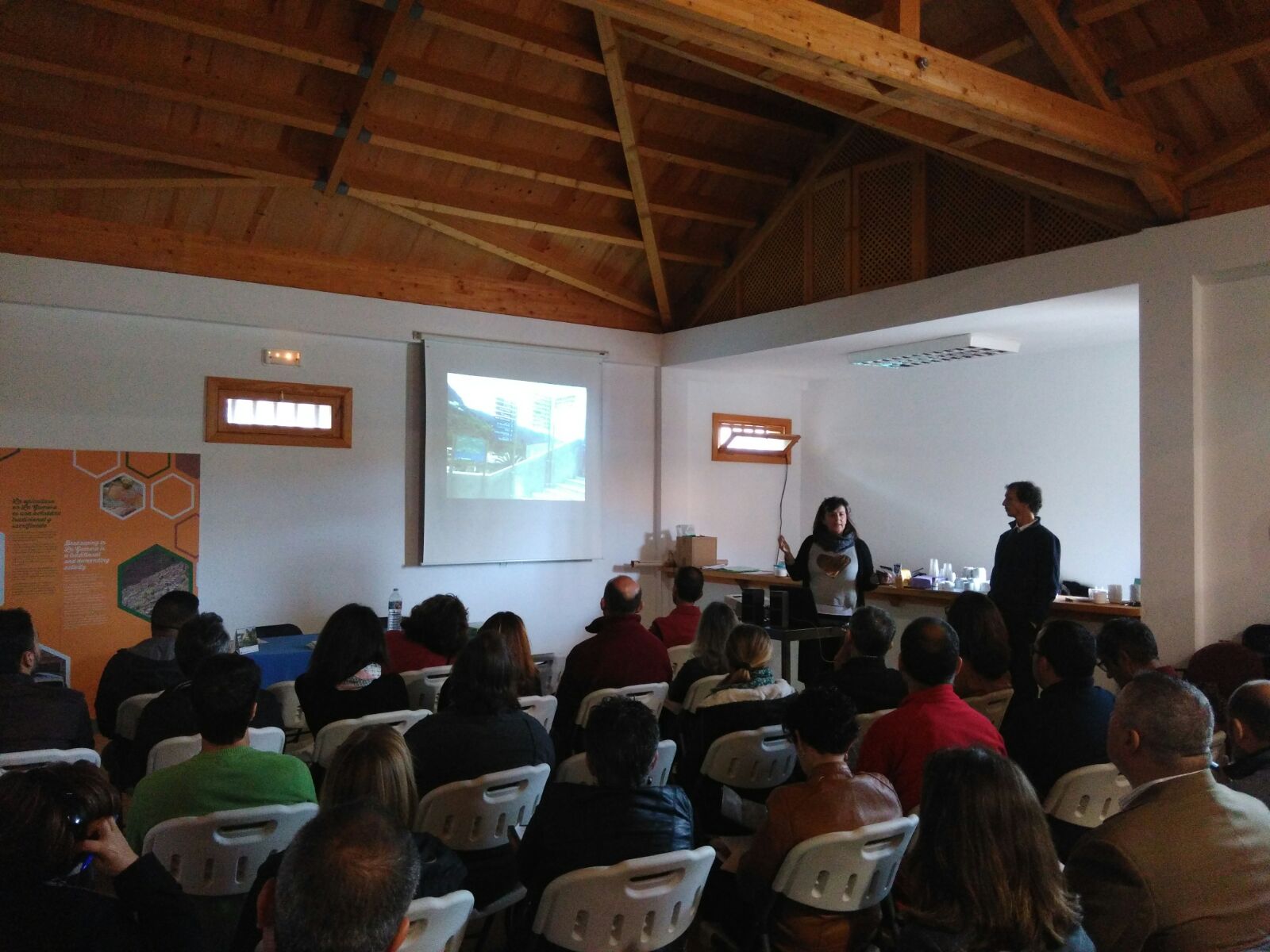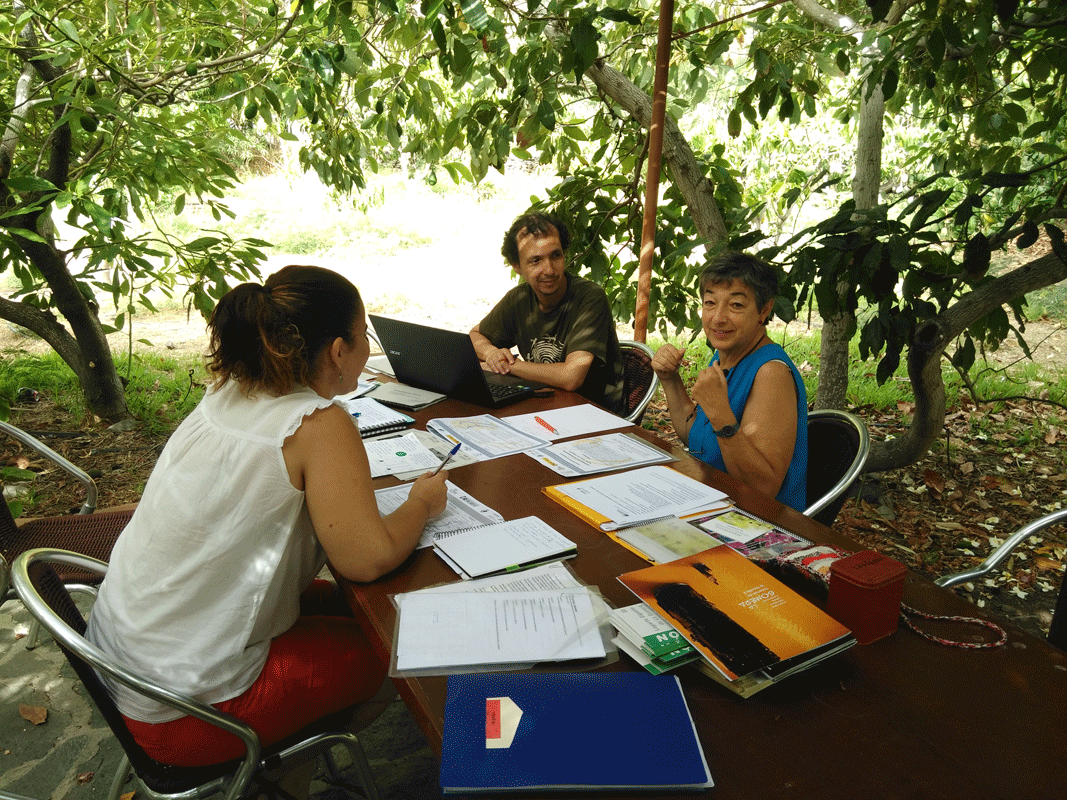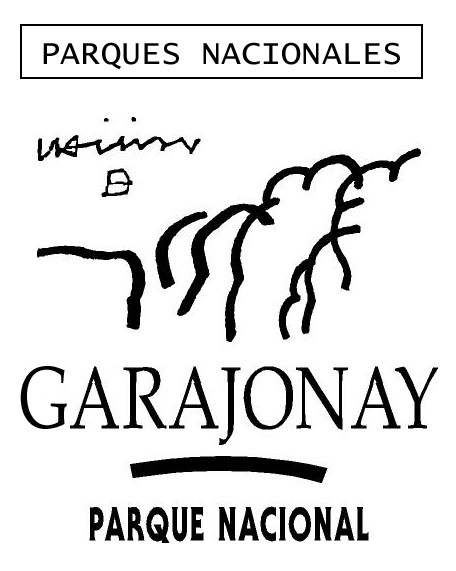Case Study
System for monitoring and evaluating the European Charter for Sustainable Tourism in a protected area.
Contact name
Ruyman Federico Armas Fuertes & Concepción Fagundo García
Institution name
Garajonay National Park
Region & country
La Gomera, Canary Islands - Spain.
Summary
The European Charter for Sustainable Tourism in Protected Areas (ECST) must be evaluated to know the progress towards the objectives, the achievements and the difficulties encountered, and to be able to take steps forward in the definition of new objectives and future planning of actions. This document aims to establish the methodology for monitoring the implementation of the actions contained inside the Action Plan and the Strategy and the accreditation of tourism companies, as well as for evaluating the effectiveness of the actions to achieve the objectives for which they were raised.
This document has been developed in Garajonay National Park (island of La Gomera).

Monitoring and Evaluation process of the ECST
Photo by: Garajonay National Park

Monitoring and Evaluation process of the ECST
Photo by: Garajonay National Park
Background of the project
The ECST does not have a monitoring and evaluation tool for protected areas. In order to carry out the monitoring and evaluation of the period 2008-2012 it was necessary to design a plan, which started in 2008 but remained in the preliminary version.
On the other hand, the ECST in La Gomera has a technical office and a participation forum, where the agents involved in the territory are represented and have specific functions and operating rules.
It was necessary to evaluate the achievement of the objectives of the Action Plan and other sustainability topics in the territory. The following factors were identified:
- Progress towards tourism sustainability;
- Transversality;
- Internal coherence of the Action Plan and the Strategy;
- Understanding and assimilation of the ECST;
- Operability;
- Execution;
- Participation;
- Cooperation;
- Communication.
- Work of the promoters and the technical office.
- Overall quality of the process.
Solution and actions taken
A methodology was developed that, in general, consists of a method of evaluation through quantitative and qualitative indicators. Together with it, a monitoring method through registers, indicators of expected results, presentation of results in the participation forum and preparation of annual reports was also created. The methodology is applied by the technical office.
1. Definition of indicators (quantitative and qualitative) to be measured and analyzed within the sustainability topics.
2. Definition of methods, techniques and tools for gathering and processing information.
3. Collecting, processing and analyzing information experimentally in 2013, on the occasion of the renewal of the ECST.
4. Publication of the evaluation methodology in a specialized journal.
5. Involvement of the partners in the approval of the methodology.
Other institutions or parties involved
The initial design of the methodology involved technicians from Garajonay National Park and AIDER (Rural Development Association). It was then reviewed by a committee (Motor Group), composed of two environmental consulting technicians with extensive experience in ECST in La Gomera, two entrepreneurs accredited with the ECST and a technician of a local administration. Finally, the agents involved in the territory were involved through their discussion and approval in the participation forum.
Results
The monitoring methodology has been successfully applied in the period 2013-2017 of the ECST. Now, the process of evaluation and renewal of ECST accreditation is more agile and efficient.
Challenges
- Monitoring is an “ungrateful” task because it is very easy to perceive the technical office as inspector of their work (partners);
- 100% of the required data can not be recorded;
- There is little information on tourism sustainability at the local level, new literature (reports or studies) have to be used;
- There are no sustainability topics defined, and therefore, they had to be selected.
Lessons learned
- Publishing the data has positioned us as a guarantor and independent entity;
- The tools for monitoring and evaluation must be operative and perceived in all the reason;
- Facilitating monitoring and evaluation leads to improved involvement and participation of each agent in the ECST;
- Participating in the process of the ECST allows channeling opinions, favoring tolerance, reflecting, arguing, knowing, listening and being part of something collective.
Other resources
Contact name
Ruyman Federico Armas Fuertes & Concepción Fagundo García
Institution name
Garajonay National Park
Website(s)
